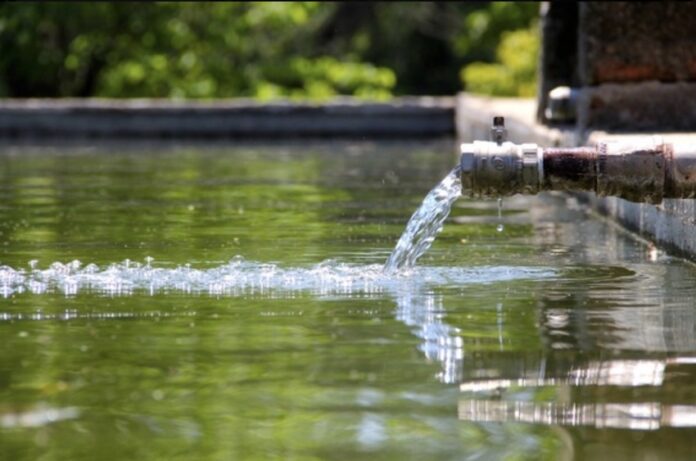The Cutzamala System, one of the largest and most important water infrastructures in Mexico, as it supplies water to the Mexico City metropolitan area and México state, has seen a remarkable recovery this month.
According to the latest official report from the National Water Commission (Conagua) and the Water Basin Authority of the Valley of Mexico (OCAVM), the Cutzamala System’s water level reached 56.44% of its total capacity on July 13, equivalent to 441.7 million cubic meters.
This marks one of the highest levels recorded in recent years, significantly exceeding levels seen during Mexico’s dry season (November-May).
According to a report by the OCAVM, the Cutzamala System recovered 9.45 million cubic meters of water in the last seven days, replenishing the three dams that supply Mexico City: Valle de Bravo,70.4%; El Bosque, 42.8%; Villa Victoria, 41.7%.
The system’s water levels are a result of intense rainfall during the summer season, which has doubled or even tripled reservoir volumes compared to previous years.
Early in June, the reservoirs were at around 48-52% of their capacity. The recent increase is primarily due to the cumulative effect of historic rainfall in the region.
🤔 ¿Qué pasaría si el Sistema Lerma-Cutzamala hubiera llegado al día #DíaCero hoy? Esta infraestructura aporta el 43% del #agua que llega a la capital. Captación, almacenamiento, bombeo, purificación y distribución las 24h del año 🔋
Abrimos hilo 🧵👇#Cutzamala pic.twitter.com/TZ3qc7mEI4— IslaUrbana (@IslaUrbana) June 26, 2024
Although these figures are encouraging, authorities will continue to carry out partial scheduled outages in several of Mexico City’s boroughs, including Iztapalapa, Álvaro Obregón, Tlalpan and Coyoacán, among others.
The Cutzamala System captures, stores and distributes water from the upper basin of the Cutzamala River, located in Michoacán and México state. It consists of seven dams, six macro pumping plants, a water treatment plant and a 200-kilometer-long network of pipes and canals.
At its peak, the system can provide between 30% and 40% of the drinking water consumed by the Metropolitan Area of the Valley of Mexico (ZMVM), although this figure varies depending on hydrological and operating conditions. The rest of the city’s water is drawn from the groundwater aquifer, the Lerma System, and the Chalmita, Chiconautla and La Caldera systems.
With reports from La Razón and Excélsior and Telediario
